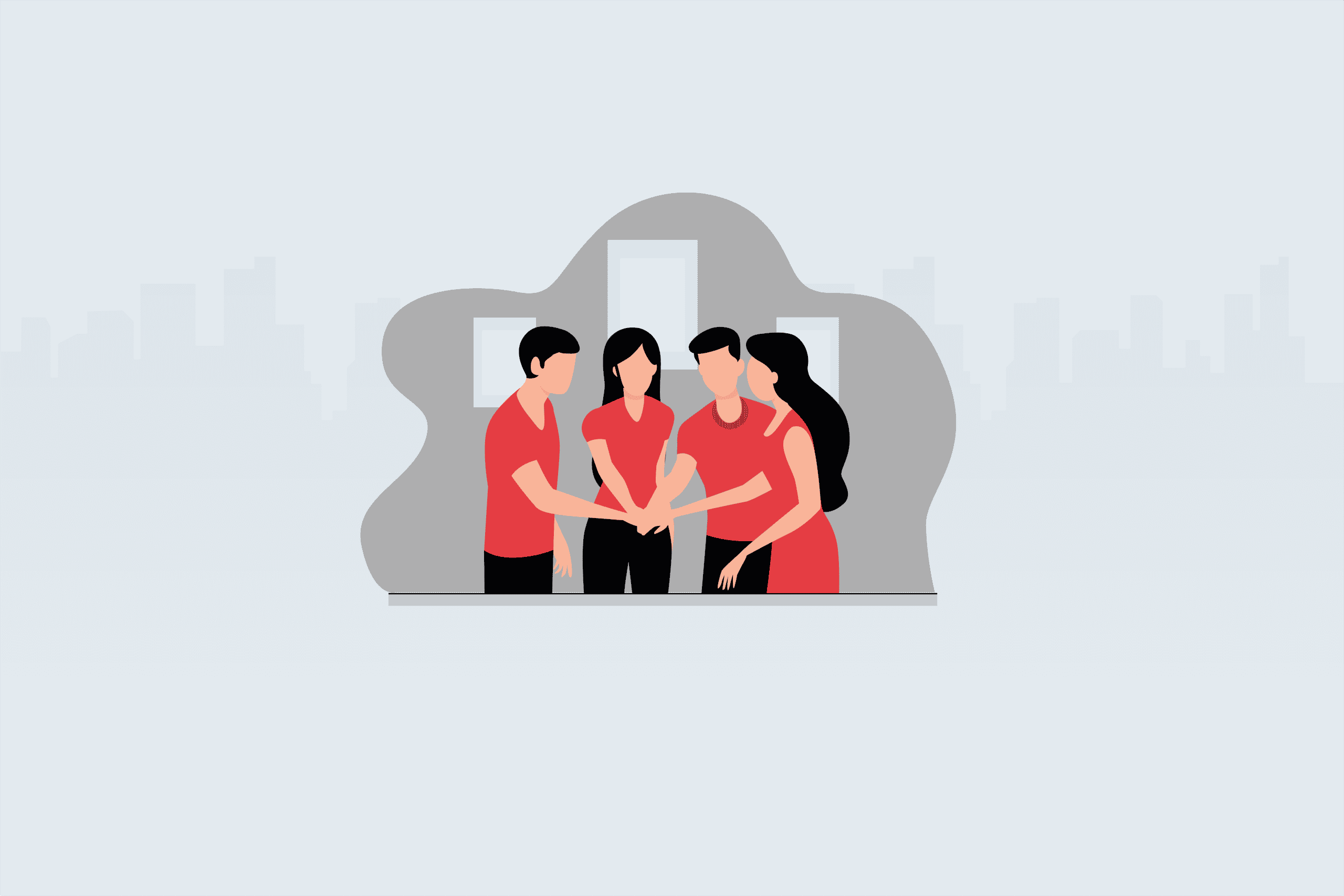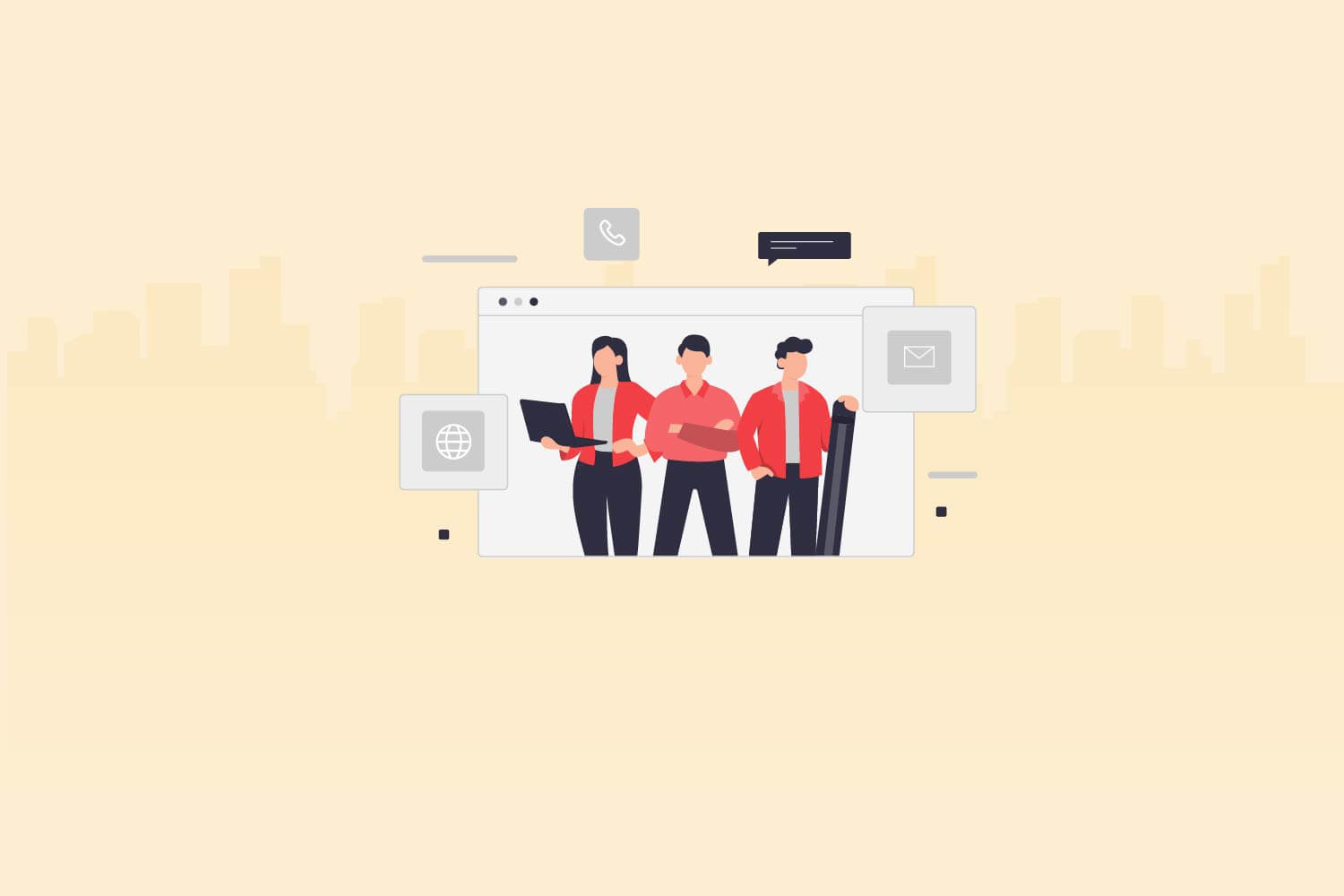Modern companies strive to have a greater diversity of color, ethnicity, sexual orientation, gender, and age. Employers seek to build dynamic, innovative teams that more accurately represent the diversity of the target market for their goods and services.
There is one more sort of workplace diversity, though, that companies need to be aware of, and that is Cognitive Diversity.
Companies are becoming more adept at appreciating the benefits of promoting cognitive diversity within their workforces. Let’s delve more into what cognitive diversity means, the benefits of cognitive diversity in the workplace, and how to promote it inside your organization.
What is the definition of cognitive diversity?
Every person has unique life experiences, a unique history, and a unique culture, which shape their point of view on the world and how they handle issues or situations.
Including individuals with various personality traits, skills, and work styles within a workforce is known as cognitive diversity. Bringing together individuals with varied viewpoints, thought patterns, and ideas is referred to as cognitive diversity. It may be implemented as a component of larger workplace diversity and inclusion plan.
Employees are more inclined to contribute and feel secure to make comments and explore ideas when they feel heard and respected in this way. In contrast, a homogeneous group of individuals with comparable backgrounds and experiences may employ comparable thought patterns and working methods, decreasing the likelihood of inspiring creativity and innovation.
Benefits of cognitive diversity in the workplace
Some benefits of cognitive diversity in the workplace are as follows:
1. Cognitive diversity boosts problem solving
In an article by the Harvard business review, researchers discuss an intriguing pattern they discovered when watching teams cooperate to solve new and challenging problems over some time.
Alison Reynolds and David Lewis concluded that greater diversity in the participants’ problem-solving philosophies was the most important element in determining whether or not teams worked together well.
They requested the groups to do activities that “demand the group to create and execute a strategy to accomplish a stated objective, against the clock,” to gauge the groups’ diversity in terms of how they “engaged with and reacted to change.” They discovered that groups with more cognitive diversity performed the test more easily than those with less cognitive diversity, who were more likely to suffer.
They think that this cognitive diversity is even more crucial in determining whether teams will function well together than identity diversity.
2. Cognitive diversity eliminates “groupthink”
Cognitive diversity helps teams solve issues more quickly and efficiently while also preventing the negative, innovation-stifling effects of its absence.
In particular, it creates an echo chamber when everyone on staff tends to think the same way and approach problems using the same mental tools. A study by Deloitte found that cognitive diversity can enhance team innovation by up to 20 percent, and it can reduce risks taken by up to 30 percent.
Humans have a tendency to favor and promote ideas that are most similar to our own while ignoring opposing viewpoints. Cognitive bias manifests itself in this way and occurs unconsciously. Thus, this inclination toward groupthink becomes much greater when no one is around to challenge it or even offer alternative perspectives.
Respectful conflict keeps your business or organization inventive and current, thus, this can be rather destructive.
3. It ensures positive company culture.
There is no denying the value of cognitive diversity in the workplace. New ideas and better problem-solving techniques can be derived from various viewpoints and backgrounds. The potential impact of cognitive diversity on corporate culture, however, is frequently underemphasized.
Because they feel comfortable being themselves and sharing their distinctive viewpoints, employees contribute to a more positive and effective work environment. Additionally, as staff members come together around similar values and objectives, cognitive diversity can support the development of a feeling of community within an organization.
4. Improves the company’s branding and image for future employees
You may even improve how potential hires view your business by enhancing cognitive diversity. It conveys a specific message of cultural diversity and inclusiveness, providing potential employees extra reasons to work for your company.
You stand out as a company that attracts top talent as one that is working to improve cognitive diversity, which raises the caliber of your candidate pool.
Want to know what employer branding is and why it is important? Click here.
How to promote cognitive diversity in the workplace?
Logical reasoning and emotional intelligence have a significant impact on cognitive diversity. These naturally differ based on employee characteristics. But when logic is combined with ideas grounded in principles, it produces high-level thinking and strategy and opens the door for innovation.
It’s important to remember, though, that most individuals prefer those who share their opinions and modes of expression and that recruiters frequently choose candidates that resemble them. As a result, businesses hire personnel who share their viewpoints.
You must take particular actions that enable you to gain from a diverse staff to change this. You can start by following these steps:
1. Direct your hiring efforts to build a diverse team
Make a conscious effort to hire people with various thought processes and methodologies. Few businesses are actively trying to improve the skill mix of their employees. You must alter your hiring process and business operations to do so.
An excellent place to start is by challenging presumptions about what constitutes success or fit in a particular role. Talent is frequently sought after by recruiters (or team managers for whom hiring is being done) based on their “pedigree” for a role.
For instance, they might favor applicants with degrees from a specific university. Alternatively, they could unintentionally favor one gender over the other. The recruiting process may also be skewed by the interviewees’ prior experiences with and impressions of various cultures, stereotypes, and social norms.
They are unaware that having a diverse workforce would encourage your company to flourish by making it more effective at reaching its objectives. Diverse teams encourage innovation, dynamism, and originality, which ultimately leads to success over the long term.
2. Remove unconscious bias while hiring
During the employment process, pre-employment testing aids in evaluating applicants’ approaches and cognitive processes.
Run situational judgment tests, for instance, that are expressly intended to examine how a person reacts to certain genuine professional events. The outcomes will show how they respond under duress or in response to manager input.
Situational tests should be used in conjunction with other psychometric and personality tests to help determine the candidate’s suitability for the position.
This can also assist you in removing unconscious bias, ensuring that all applicants receive fair and equal opportunities regardless of their age, ethnicity, or sex. You can locate the best candidate for the job by basing your hiring decisions on these merit-based exams.
To decrease the time it takes to hire someone and the cost per hire, use a candidate-friendly talent evaluation platform like Testlify. More importantly, test candidates’ abilities without considering their previous employment history or educational background. This will eliminate interviewer bias from the hiring process.
3. Create space to innovate and collaborate
Consider that you want your company to continue to promote cognitive diversity. In that situation, you must ensure that the latter is constantly staffed with enthusiastic, imaginative workers by allowing them to freely express their thoughts and share their ideas.
Additionally, please ensure continuous communication between leaders and staff so that both sides can benefit.
For instance, utilizing the insightful information from such discussions can assist you in planning employees’ personal growth and help you design a distinctive strategy to address the difficult problems your business faces.
Workplaces are more flexible than ever, and this trend will continue. Utilize it by adopting a “no lines” strategy for resolving difficult problems and enhancing cognitive variety.
Ultimately, your company will be better positioned to both create and survive disruptive innovation in your field of expertise.
Final thoughts
Increased cognitive diversity on your team is crucial to improving the performance of your business. Using online skills tests is a simple approach to start improving your team right away!
You can include the search for missing types in your hiring process once you clearly understand where cognitive diversity may be lacking. By doing so, you can keep your functional bias in check and broaden the minds of your team members.








